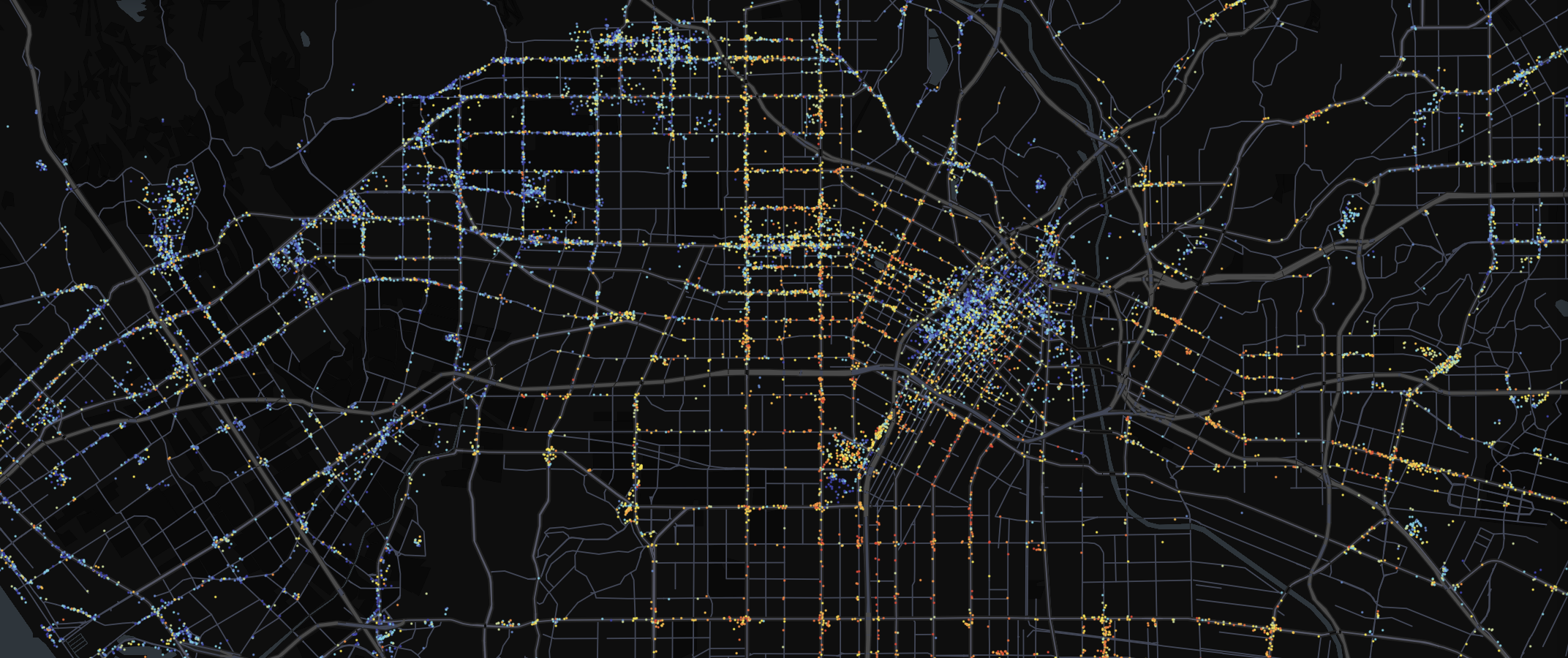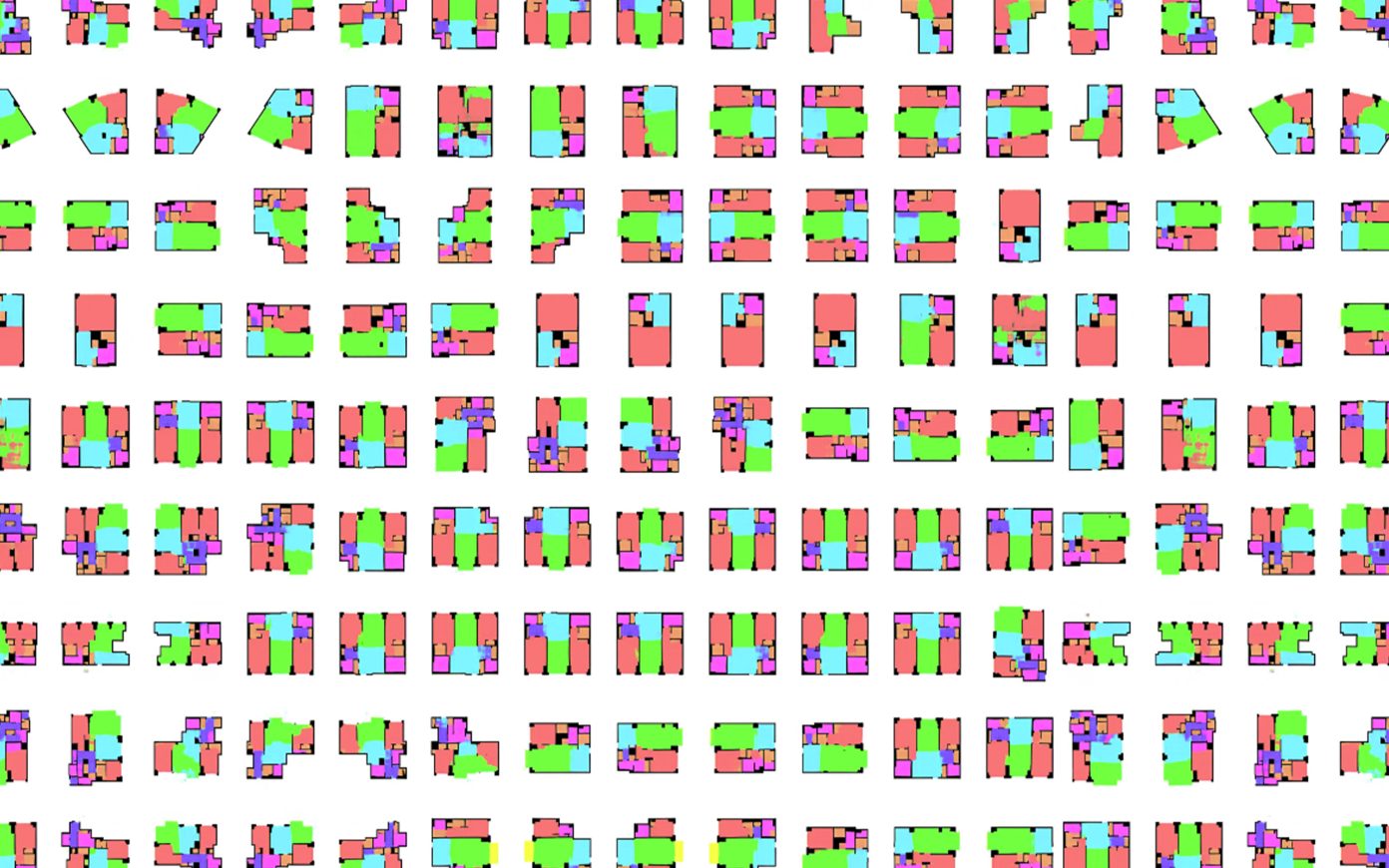On Alex Pentland’s proposal
One of the main ideas described by Pentland et al (2021) is the idea of data cooperative and the need of such third party to manage citizens’ data. These cooperatives would work as labour unions defending the rights of its members. Moreover, the main focus of such cooperatives is at community scale and would have strong geographical constraints. If someone wants to know more about a community and develop data analysis over it, one can do it through a data cooperative of that community. If the particular community is widely involved in giving consent about their data, such a request could be successful. However, most often it would lack the full representation of the community population, thus being not representative and useful.
In our view, such quality issues could be solved if data cooperatives are not geographically bounded, but united by the platform’s users, such as social network platforms such as Facebook or healthcare providers such as NHS. That would mean the users of a platform would share their consent about their data with a union, which is designed to manage only this particular platform’s data footprint. In this way the data cooperatives concept would be clearer for businesses willing to use the data for analysis — they could address a particular type of data that they know they need regarding their research question or business. In terms of geography, it could be easily split geographically depending on the needed region. Data cooperatives would thus solve the data quality question, as a specific data feature of the company or platform would come in more complete coverage. Avoiding geographical limitations would then allow such cooperatives usability to be scaled geographically much faster. Even if data communities based on geographical proximity would exist, the question of data quality remains. If the community consists of people of various ages, that could lead to very different types of data being collected over them, since older generations have smaller digital footprints. Data in such a cooperative would then become more scattered, less representative and biased, thus hardly being used by businesses that seek to see the full picture of multiple areas with aggregated high-quality datasets.
Moreover, having specialised data cooperatives for a company or a particular use case could motivate users to join it. Since users already are on the platform, this could work as an upgrade of terms and conditions, as if it were when signing a contract for a job and it included a part about labour unions rights. Such data unions could also defend users’ rights against the platform and would be more powerful since there would be not one person fighting a company such as Facebook, but millions that are unsatisfied with the data policy. We have already seen cases of people uniting in a similar way to protect their rights in cases of a data breach.
Another aspect is the indifference of users, whose data is being used as capital. For example, many people are unaware that their data is collected by cookies and that there is an option to opt out of everything, which does not jeopardize the provision of the service they are after. On this note, there are also probably very few people who read terms and conditions of the social platforms they are registered in. It becomes too common that the tradeoff to access a free platform is terms of money is to pay with one’s data currency. Even though data cooperatives on specific platforms could help to advocate for its users’ data sharing rights, if data sharing is not a concern for the majority, the progress to implement any changes would be slow. Such indifference in data security might arise from the lack of data and technology literacy. Most people do not really understand what the idea of data is and what information is being collected around them. Even though Pentland et al (2021) advocate for putting control of the data back in the hands of the individuals, there needs to be a global awareness. While some of us might question why outdated rules still govern in the 21st century, such as land ownership (Minton, 2009) and access to nature (Right to Roam, 2022). It will take time to realise the scale of what we’ve given up by agreeing to share our data over the recent years and it will take time for the regulations to catch up. The only way we can hold the companies accountable as of now is in the court of public opinion.
As an outlook towards further investigation, it would be useful to study the emergence of labour unions in the US and Europe, and specifically the intensive pushback they are faced with by corporations in the United States. Union membership there has declined over the last decades due to companies’ aggressive measures. The outlook of global enterprises giving up their use of free data is likely to evoke a similar response including political lobbying efforts. To overcome this, a thorough knowledge of negotiation processes and precedents in other countries with higher union membership rates such as Sweden or Denmark will be necessary.
This essay was written by Saulė Gabriele, Nadia Leonova and Lukas Utzig as part of the Emerging Leaders Program.
Saule Gabriele Petraityte is a spatial data scientist from Lithuania working on data-driven cities projects. She is the CEO of Datahood and Co-Founder of GovTech Lab Lithuania.
Nadia Leonova is a consultant for the World Bank’s Global Facility for Disaster Reduction and Recovery (GFDRR). Her work focuses on the analysis of the impacts of natural disasters on urban environments. Nadia holds an MSc degree in Smart Cities and Urban Analytics and a BSc degree in Architecture
Lukas Utzig is a researcher and designer holding a master’s degree in spatial research from the Space Syntax Lab, UCL. Currently he works as lead architect and urban designer for an international practice. In his research, he focusses on understanding spatial patterns of movement, segregation, and social networks.




